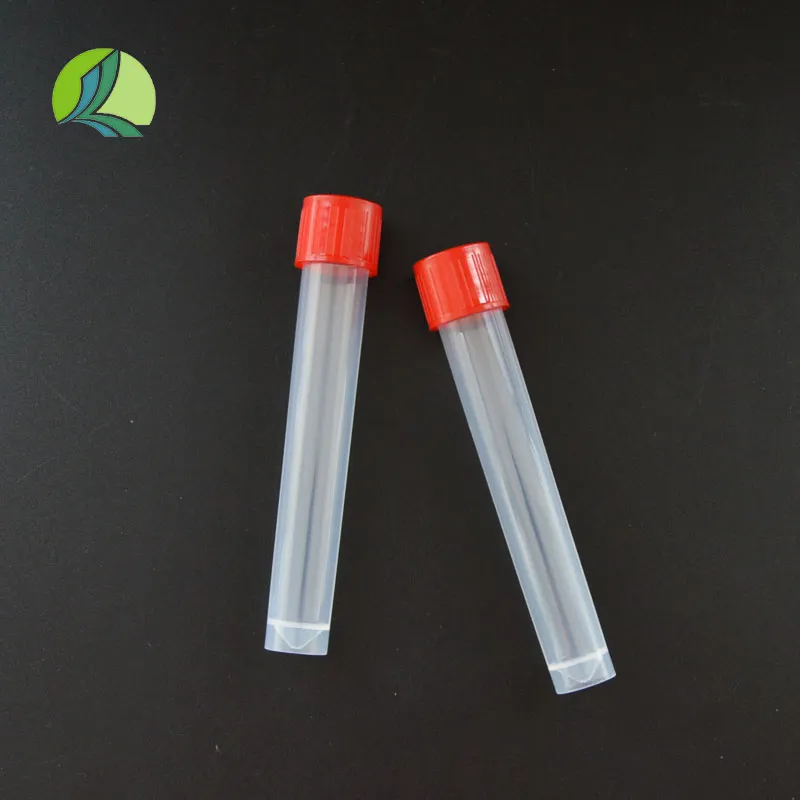freezing tubes
Freezing tubes are an essential tool in various scientific and medical fields, primarily for the preservation of biological samples, such as cells, tissues, and biomolecules. These tubes are typically made from durable materials that withstand extreme temperatures, allowing for effective long-term storage of sensitive materials.
The process of freezing samples is critical for maintaining their viability and integrity. When biological samples are subjected to freezing, ice crystals can form within the cells, which may lead to cellular damage. To avoid this, cryoprotectants such as dimethyl sulfoxide (DMSO) or glycerol are often used. These agents help to reduce the formation of ice crystals and protect the cells during the freezing process.
Freezing tubes come in various sizes and volumes, catering to the specific needs of researchers and laboratories. They are designed to fit in standard freezer racks and are often labeled to ensure easy identification of the contents. Many freezing tubes also feature a screw-cap or snap-cap design that provides an airtight seal to prevent contamination and moisture exchange.
One of the most significant advantages of using freezing tubes is their ability to enable the storage of samples at temperatures as low as -80 degrees Celsius or even in liquid nitrogen at -196 degrees Celsius. Such low temperatures significantly slow down metabolic processes and enzymatic activity, effectively halting biological deterioration. This is particularly vital in fields like biobanking, where samples might need to be stored for extended periods while retaining their usability for future research.
freezing tubes

In addition to biological research, freezing tubes also find applications in clinical settings
. They are used for the storage of blood samples, biopsies, and various body fluids, which may be needed for diagnostic purposes or research. The use of standardized freezing tubes ensures consistency across experiments and helps maintain the reliability of results.The process of thawing samples from freezing tubes is equally critical and must be conducted carefully to preserve sample integrity. Rapid thawing at appropriate temperatures is recommended to minimize the stress on cells. Lab personnel often rely on water baths or controlled thawing methods to achieve the best results.
In conclusion, freezing tubes represent a fundamental component of sample preservation in scientific research and medical applications. The careful selection of materials, designs, and storage conditions ensures that valuable biological samples remain viable and reliable for future studies. As research advances, the development of more sophisticated freezing tubes and cryopreservation techniques will likely continue to enhance our ability to preserve and study life at its most fundamental level.
-
Aesthetic Makeup Spray Bottles | Fine Mist Empty RefillableNewsAug.19,2025
-
White Plastic Veterinary Vaccine Vials | Lab Liquid BottlesNewsAug.18,2025
-
Plastic Medicine Liquid Bottle: Secure Flip Top Drug VialsNewsAug.17,2025
-
Durable 250ml Blue Plastic Vaccine Vial for Lab & Vet UseNewsAug.16,2025
-
Sterile Virus Sample Tubes: Secure & Reliable Specimen CollectionNewsAug.15,2025
-
White 250ml Plastic Vaccine Vial for Lab & Vet MedicineNewsAug.14,2025
























